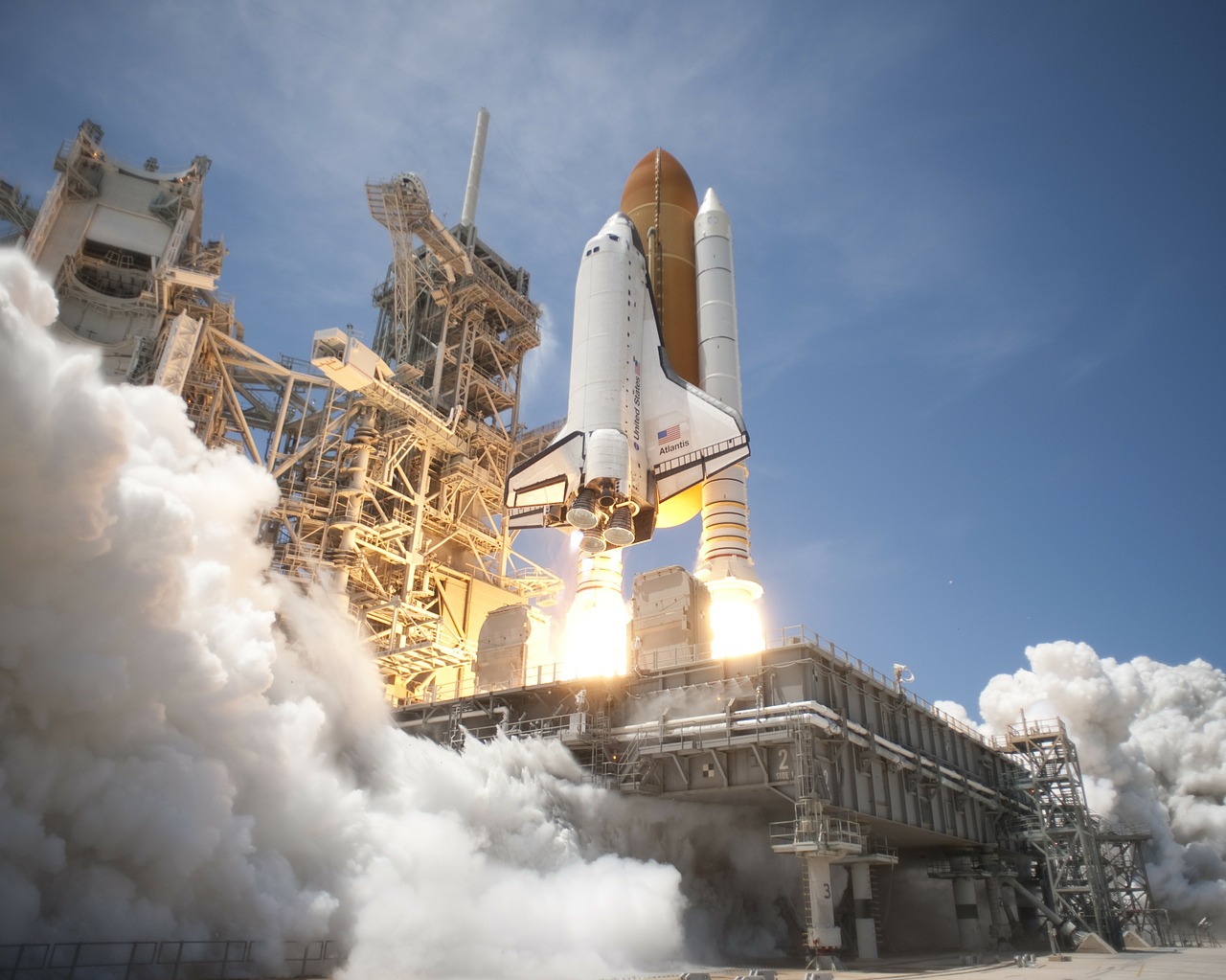
Ōtautahi – An increasing amount of space debris is endangering satellites and other missions.ac
Industry actors have come together to voice their position on the topic through the newly published Space Industry Debris Statement.
As the global community looks to address key climate and environmental risks in the coming days and weeks during the COP26 in Glasgow, another sustainability issue looms in space.
Earth orbits, and particularly the lower orbits which stretch to approximately 2000km above ground, are seeing a growing population of active and defunct satellites as well as debris.
As space launches proliferate, 1283 satellites were launched last year, substantial climate emission concerns may grow.
Rocket exhaust leaves particles in the atmosphere that can affect temperatures, a fact that concerns He Pou a Rangi Climate Change Commission.
In addition to coughing up not-inconsiderable amounts of CO2, rockets can spew exhaust that depletes the ozone layer through chemical reactions, the World Economic Forum says.
Satellites bring incredible benefits to us all – from connectivity and geo-location services to weather and climate monitoring to earth observation, which is critical during different types of disasters.
There are other types of missions to Earth orbits and beyond, such as exploration and scientific ones, increasingly with humans on board.
The current population of debris, which is growing, is putting in danger all these activities. If large collisions occur, these could result in certain orbits becoming unusable for decades to come.
The goal is to encourage the entire space community to minimise and prevent, where possible, any new debris created.
No actions should be taken that purposefully create debris.
It is important to not allow the issue of debris to get out of control because fixing it afterward would be exponentially more difficult, if not impossible.
The orbital environment is a globally shared resource and with an estimated 10,000 new satellites being launched over the next decade, the world must take action.
The Inter-Agency Debris Coordination Committee has established environmental guidelines and technological solutions.
With robust precision and navigation systems embedded in satellites, advanced software radar systems can detect objects as small as marbles.
In the future, space operators can continue to propose diverse mission architectures, when the mission allows, to diversify not only the size of the satellite but also the orbit to alleviate pressure in congested zones.
It is imperative the collective space community leans into new ways to execute missions and incorporate strategic end-of-life plans into spacecraft well before launch.
As more countries rely on space-based information for national security, broadband communications, and climate intelligence, alignment with consistent standards will help ensure access and functionality for a variety of missions while mitigating the risk of incidents.
Protecting the space environment is of utmost importance to humanity’s short-term and long-term success and requires action across several fronts.



